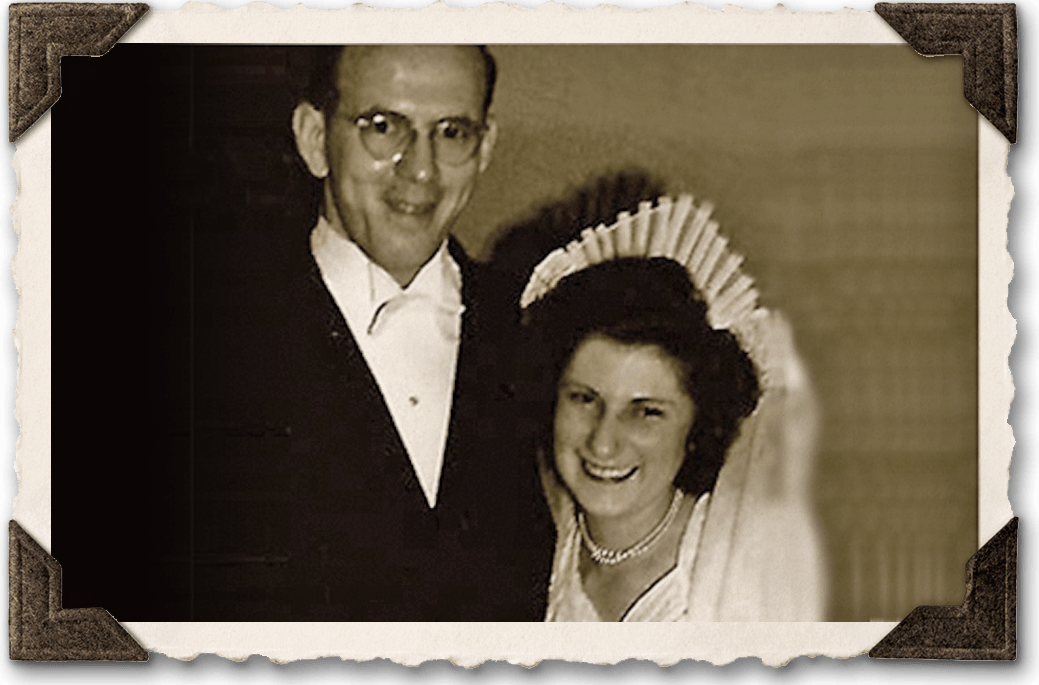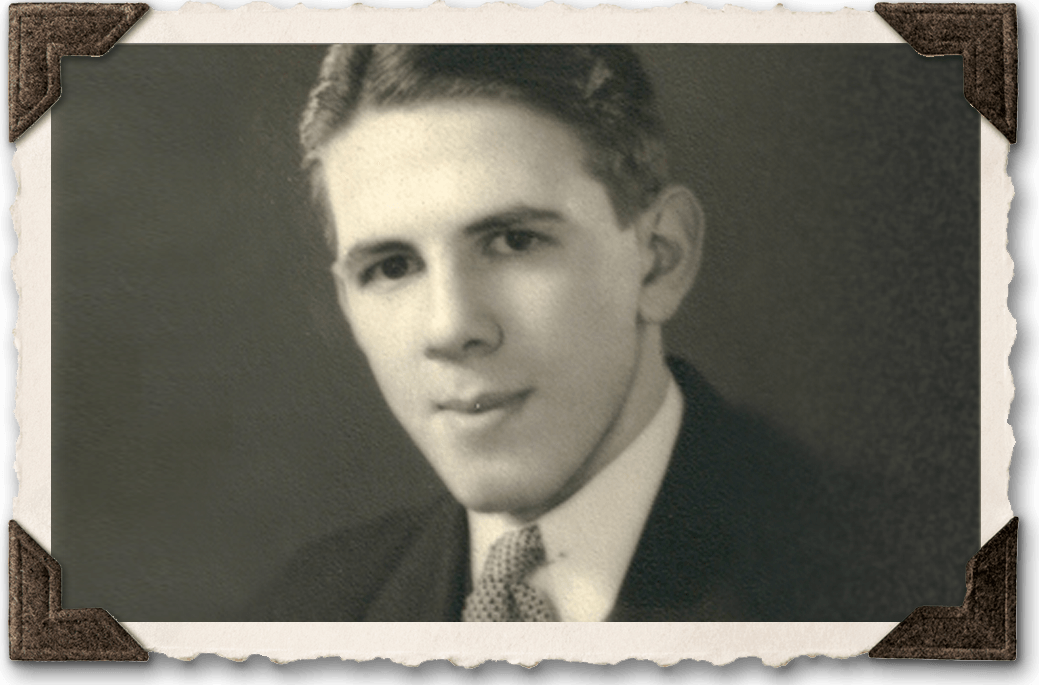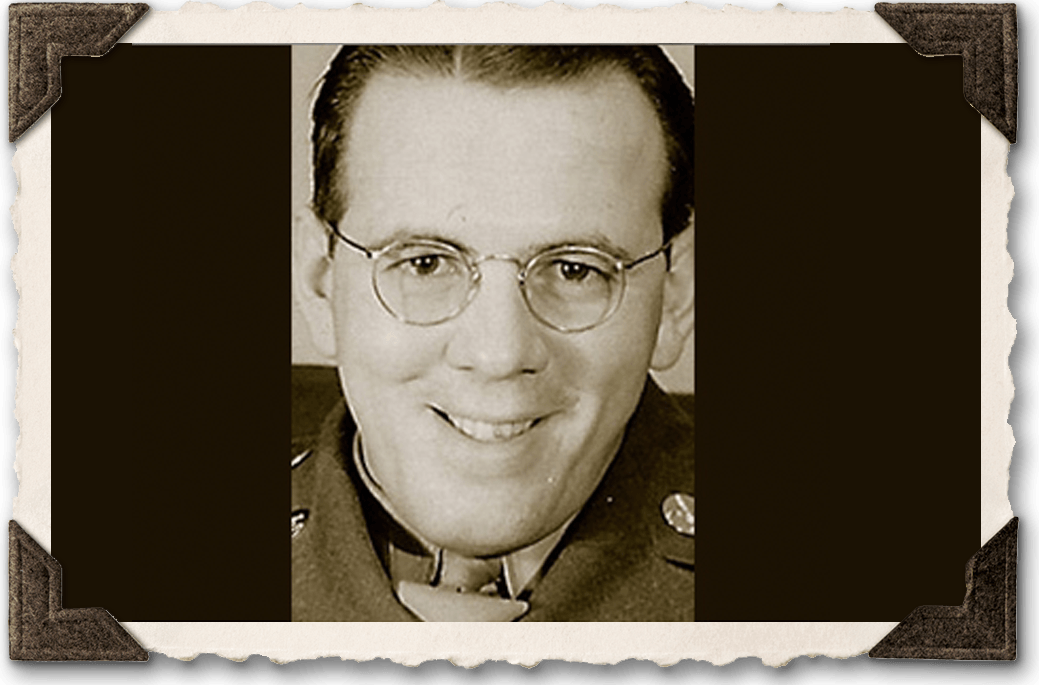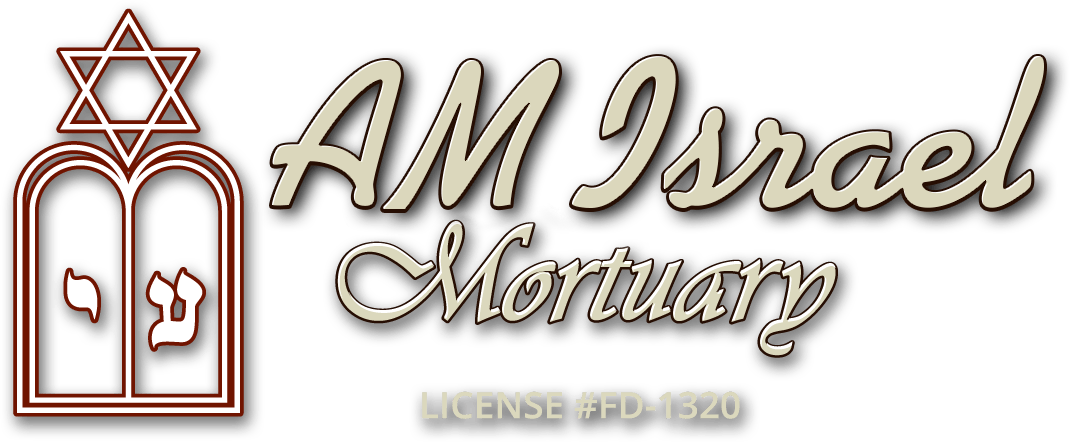6316 El Cajon Blvd.
San Diego
CA
92115
Phone: 619-583-8850
Fax: 619-583-6043
Email: info@amisraelmortuary.com

Slide title
Write your caption hereButton
Slide title
Write your caption hereButton
Slide title
Write your caption hereButton
Slide title
Write your caption hereButton
Slide title
Write your caption hereButton
Meal of Condolence
Meal of Condolence
What is the meaning of Seudat Havra’ah?
Seudat Havra’ah is a Hebrew term referring to the first meal served to the mourners in the house of mourning upon returning from the cemetery. It is commonly known as the meal of condolence.
When did the Seudat Havra’ah originate?
The first mention of the Seudat Havra’ah occurs in the Talmud. It directs that the first meal after the burial of a loved one must be provided for the mourners by friends or other family members.
What foods are served at the Seudat Havra’ah?
The traditional meal of comfort usually includes such foods as lentils, hard-boiled eggs, and bread - all foods which in Judaism are associated either with mourning or with life itself. In addition, any other simple and easily digestible food may be served. It is customary, therefore, to make this a dairy meal.
Why do we eat eggs?
Eggs are an obvious symbol of life. At the seder table on Pesach, a joyous occasion, they are dipped in salt water to acknowledge that life sometimes brings tears and pain. And, at the Seudat Havra’ah, a time of grief, we eat hard-boiled eggs to affirm hope in the face of death. As eggs harden the more they are cooked, so we eat hard-boiled eggs to symbolize our determination to be resilient in the face of tragedy.
Why do we eat bread?
Bread is the staff of life in Judaism and, in virtually every major faith. At a time of mourning, it is especially appropriate.
May friends bring food to the house of mourning throughout Shivah?
Yes. It is considered an act of great caring to free the family from everyday concerns during Shivah, and a specific mitzvah to provide the Seudat Havra’ah. In many communities, a friend or member of the congregation coordinates the provision of meals.
6316 El Cajon Blvd.
San Diego
CA
92115
Phone: 619-583-8850
Fax: 619-583-6043
Email: info@amisraelmortuary.com
